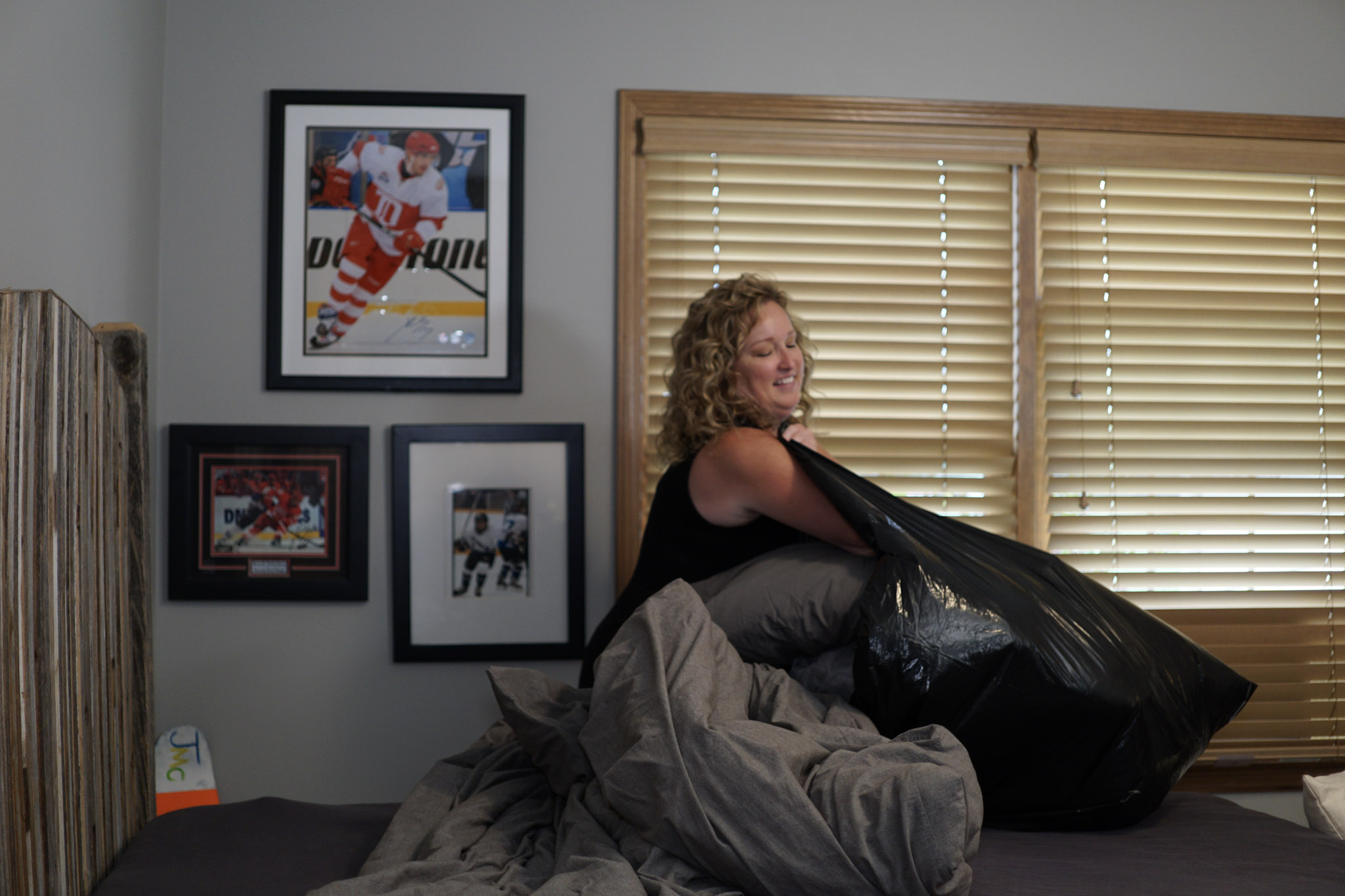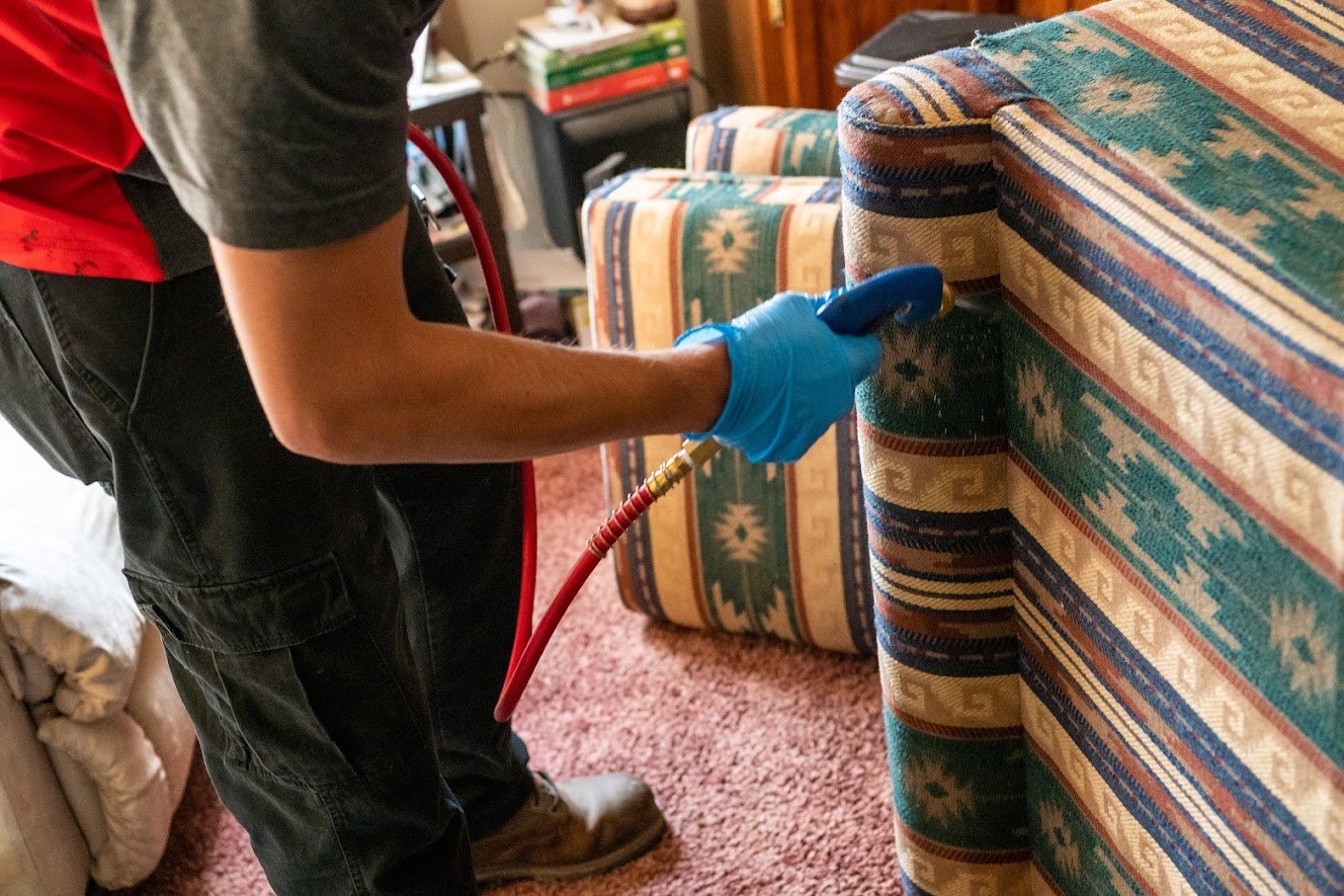
Imagine lying down after a long day, ready for a good night’s sleep, only to wake up with itchy red welts all over your body. Bed bugs are notorious for being silent, unwanted guests that can sneak into our homes without us even realizing it. So, how do these little pests spread so quickly and become such a headache? This article dives into all of the intricacies of how bed bugs spread, as well as how to detect and get rid of them.
How Bed Bugs Spread
Hitchhiking on Personal Belongings
Bed bugs love to hitch a ride. They often cling to personal belongings like clothes, bags, or luggage. This is how they spread from one place to another, catching a ride from a hotel to your home, or from your home to a friend’s house.
Infested Furniture and Bedding
One of the quickest ways bed bugs spread is through infested furniture and bedding. Whether it’s a second-hand couch or an old mattress, these pests can hide in seams, folds, and tiny crevices, ready to jump out when the opportunity strikes.
Human Movement and Travel
Bed bugs are masters of survival and can move with ease wherever people go. Travel is a major factor in their spread, with bed bugs finding new homes in hotels, airports, and even public transport. It is essential that you understand how to effectively prevent infestations when traveling.
Why Bed Bugs Are Hard to Detect
Small Size and Nocturnal Nature
Bed bugs are small, and their nocturnal habits make them hard to spot. They come out at night to feed and hide during the day in tiny cracks and crevices, making detection difficult.
Ability to Hide in Small Crevices
Bed bugs can hide in the tiniest of spaces, from the seams of a mattress to the folds of a curtain, making them experts at evading detection.
Early Signs of Bed Bug Infestation
Bite Marks and Skin Irritations
One of the first signs of a bed bug infestation is bite marks. These bites often appear in a line or cluster and can cause itching and irritation.
Visible Evidence: Shed Skins and Fecal Spots
Bed bugs shed their skins as they grow, and their fecal spots can be found on bedding or furniture. Both are telltale signs of an infestation.
Unpleasant Odors
A strong, musty odor is another sign of a bed bug infestation. The smell comes from the bed bugs’ scent glands and is often more noticeable in severe infestations.
What to Do If You Find Bed Bugs
Immediate Actions
If you suspect a bed bug infestation, act quickly. Isolate the affected area, avoid moving infested items, and contact a pest control professional. It is important that you detect bed bug infestations early to maximize your chances of completely eradicating them.
Contacting Professional Pest Control
Professional pest control services are equipped with the knowledge and tools to effectively eliminate bed bugs. Don’t try to handle a large infestation on your own.
Bed bugs are persistent and resilient pests that can spread quickly from place to place, making their way into homes, businesses, and public spaces. They don’t discriminate based on cleanliness or location, and their ability to hitchhike on personal belongings makes them particularly challenging to control. By staying vigilant and taking proactive steps, you can protect your home and peace of mind from these unwelcome invaders. If you find bed bugs and need to quickly get rid of them, contact the professionals at A-1 Able Pest Doctors. With extensive experience handling these pests, you can rest knowing you are in good hands, so call today!
continue reading
Related Posts
Bed bugs—just the mention of them is enough to make […]
Bed bugs are one of the most persistent and challenging […]



